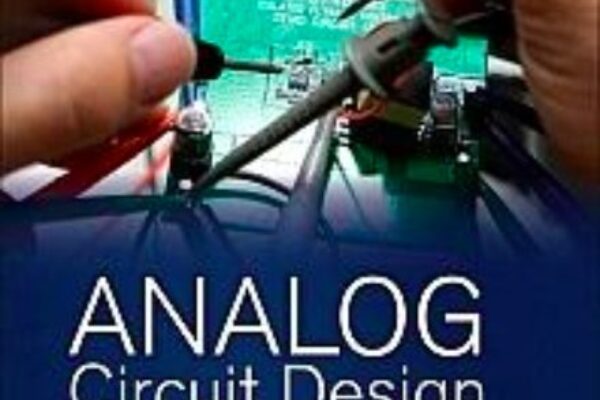
Thumbing through the third volume of the Analog Circuit Design series, Analog Circuit Design: Design Note Collection (edited by Bob Dobkin and John Hamburger) is a trip to an idyllic, analog-circuit land. The book is divided into chapters by topic – power management, mixed-signal, sensor conditioning, wireless and RF – and has a detailed index which also points to application notes based on keywords. There are so many good circuit ideas and topologies along with analysis of subtleties and design issues, that anyone who is a serious student or practitioner of the art and reality of analog design, whether by choice or mandate, will receive a substantial return on time invested. Since this volume is a compilation of application notes from Linear Technology Corp., the devices used are taken from their product line, of course, but that’s almost irrelevant to the benefits.

LTC is not the only vendor to provide numerous and comprehensive application notes covering broad, “eternal” design issues such as understanding and minimizing sources of error in sensor-conditioning circuits, in addition to notes which show how to get maximum performance from specific parts. Analog vendors have been doing this for years: Analog Dialogue and various handbooks from Analog Devices, and the shelf full of blue books from National Semiconductor, prior to their acquisition by Texas Instruments, are just two examples of easily available analog knowledge.
Next: Three books of wonder
The previous volumes of this series, Analog Circuit Design: A Tutorial Guide to Applications and Solutions and Analog Circuit Design: Immersion in the Black Art of Analog Design, both co-authored by the late, much-missed Jim Williams and Bob Dobkin, LTC’s chief technical officer, explored many design issues and provided many perspectives on any given challenge, including noise, low-power operation, power supplies (linear and switching), drivers/receivers, slew rate issues, sourcing and sinking, impedance compliance voltage, test procedures and probing, and more; those are just a few of a long list. The three books total 3270 pages and 16 pounds (7.2 kg), so you might think they can be overwhelming, but they are not.
It may seem to be a throwback to those “good old days” to publish this material in traditional printed-pages book form as well as e-book form, since all this material is available online – and for free. I have no idea how many copies they will sell and what the profit will be, if any. I do know that seeing all this material from LTC – as well as similar from other vendors – is a real commitment of precious time and money.
By thumbing through these books, their tables of content, and their index sections, you may see approaches to design challenges that you wouldn’t have thought of looking at before. This is because paper is a near-ideal serendipitous search tool, for quickly scanning and exploring alternatives when you are not sure what you are looking for. An engineer may want to more-fully investigate partially defined design options, getting that “aha” spark when two disparate pieces come together in innovative fusion. It’s similar to what I felt when I first read Jim Williams’ eye-opening 1976 article in EDN, “This 30-ppm scale proves that analog designs aren’t dead yet” which epitomized what Samuel Florman called “The Existential Pleasures of Engineering”.
Bill Schweber, is an electronics engineer and author who has written for EE Times, was analog editor at EDN and prior to that worked in marketing communications for Analog Design and was also editor of its technical journal.
This article appeared first on EE Times’ Planet Analog website.
Related links and articles:
Analog Circuit Design: Design Note Collection
News articles:
The big lie about LED lighting
Do MEMS make a better bike helmet?
A tale of two thermostats: Nest teardown
The four most stressful days of an analog engineer
 If you enjoyed this article, you will like the following ones: don't miss them by subscribing to :
eeNews on Google News
If you enjoyed this article, you will like the following ones: don't miss them by subscribing to :
eeNews on Google News




